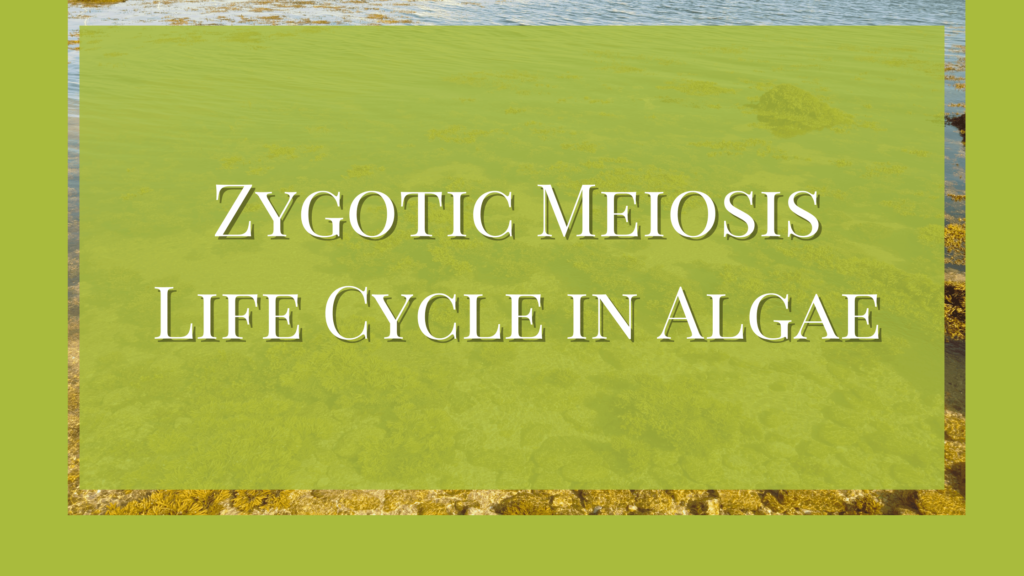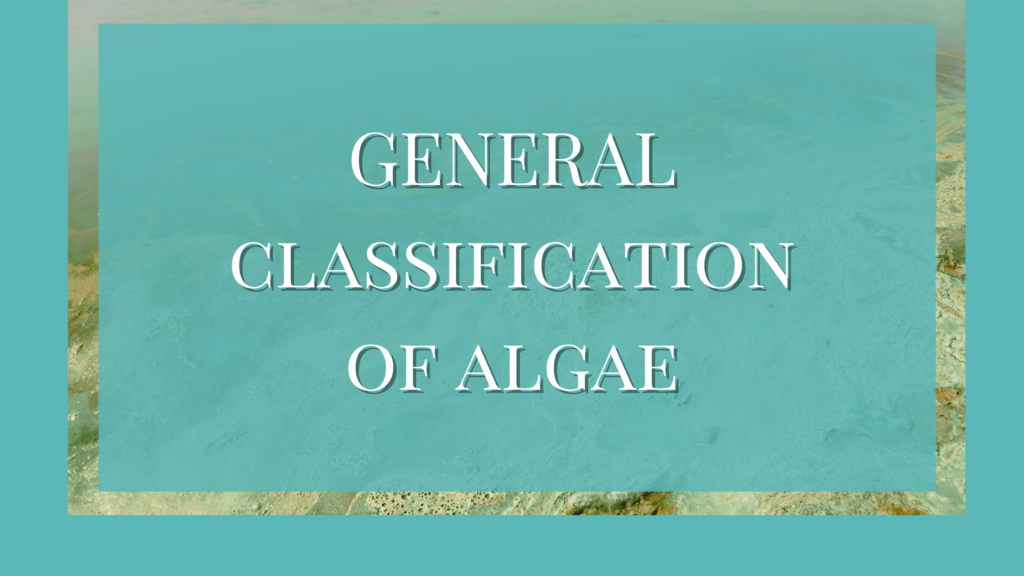The zygotic meiosis life cycle in algae is seen with sexual reproduction that results in the diploid zygote. This diploid zygote undergoes meiotic division to produce the gametic generation or the haploid generation in the respective algae.
In these cases, the zygote would be the only diploid phase of the algae.
Zygotic Meiosis in Chrysophyceae
- Cells of Loricate genera attach at their openings and the protoplasts fuse (isogamous) to form a zygote.
- It is anisogamous in Dinobryon sp.
Zygotic Meiosis Life Cycle in Xanthophyceae
Sexual reproduction is confined to phylogenetically advanced siphonous forms such as Vaucheria. The multinucleate antheridium produces a large number of colorless sperm which enter through a pore in the wall of the uninucleate oogonium. The resting zygote undergoes meiosis to produce a siphonous filament.
Zygotic Meiosis in Dinophyceae
All except Nocticula appear to be zygotic. Most are isogamous and syngamy results in a motile plano zygote which may undergo meiosis or may form a hypnozygote.
Zygotic Life Cycle in Chlorophyceae
Most species of Chlamydomonas and related unicellular green flagellates are isogamous although anisogamy and oogamy are known. Despite being morphologically similar, isogamous species are biochemically anisogamous and only complementary mating types can fuse. Among the colonial members of the Volvocales, Gonium, and Pandorina are isogamous.
Eudorina is anisogamous and Volvox is oogamous. In this group, evolution in vegetative features is paralleled by that with its reproduction processes.
Zygotic meiosis life cycles are the rule in the Tetrasporales, Chlorococcales, Chlorosarcinales, and Chlorellales. In coenobial Pediastrum, sexual reproduction is by isogamous biflagellates. Zygospores divide meiotically to form meiozoospores.
Many species of the filamentous Ulotrichales and Chaetophorales exhibit a zygotic life cycle.
In Coleochaete, sexual reproduction is oogamous. Oedogoniales Zygnematales show more specialized developments of the zygotic meiosis life cycle (Oedogonium– macrandrous and nannandrous, homothallic or heterothallic). In Oedogonium, the sperm enters the oogonium via a papilla and the zygote thickens to produce a dormant zygospore with meiosis occurring during germination.
Motile cells are lacking in the Zygnematales. Projections from adjacent filaments make contact and the contiguous walls dissolve to form a conjugation tube through which the motile gamete of one cell moves to the other cell to effect syngamy. Before germination, meiosis occurs.
In Mougeotia the zygote is formed in the conjugation canal. In Sirogonium, there is a direct fusion of filaments and no conjugation canals are formed.
The filamentous members of the Saccoderm desmids also produce conjugation canals. Depending on the species, the zygote may be formed within the canal or in one of the parent cells.
Some placoderm desmids such as Micrasterial, and zygotes are formed within a conjugation canal. Here, the zygote germination is meiotic. In placoderms, four offspring cells may be produced.
Sexual reproduction in the Charophyceae is perhaps the most advanced in the algae, with both the male and female structures surrounded by specialized vegetative cells. They also show some characteristics of the archegoniate plants.
Chara may be monoecious or dioecious with the antheridia and oogonia developing at the branch-bearing nodes. Germination (meiotic- three of the four haploid nuclei degenerate) of zygote (oospore) results in the formation of a filamentous protonema from which young thallus is formed adventitiously.
Additional Reading
- Sporic Meiosis Life Cycle in Algae
- Somatic and Gametic Meiosis Life Cycle in Algae
- Different Types Of Life Cycles in Algae




